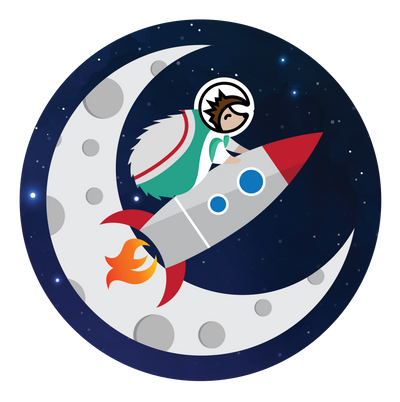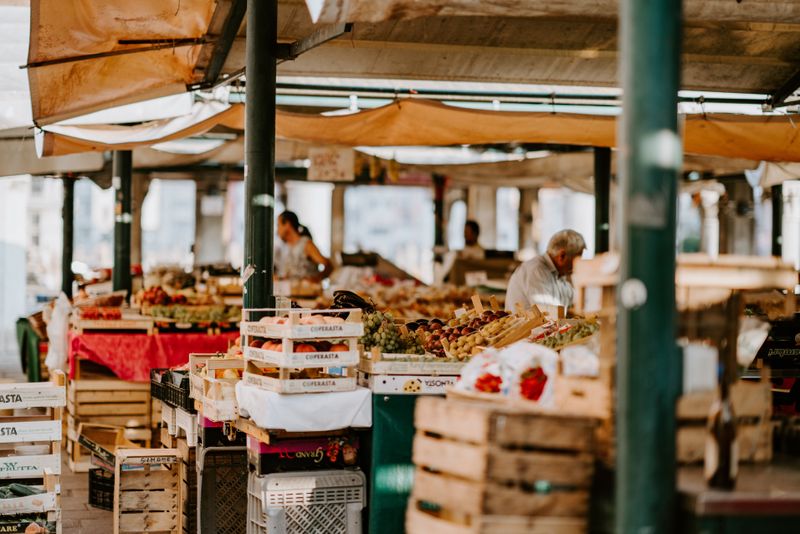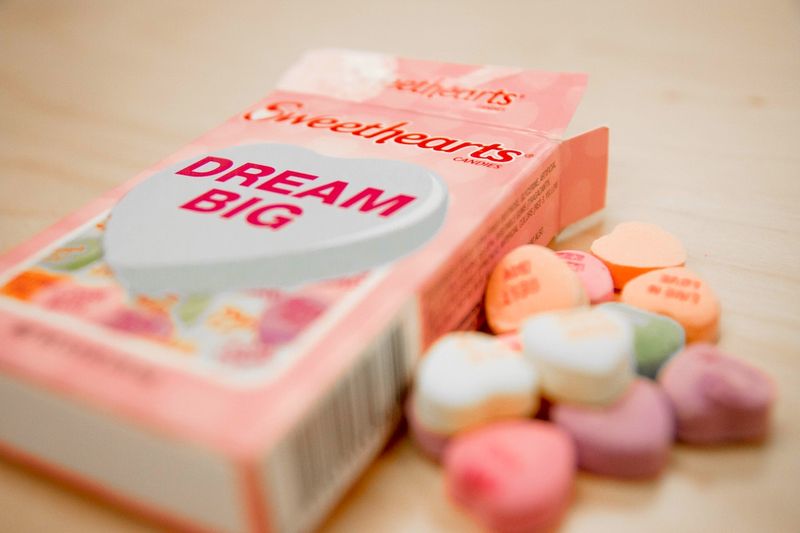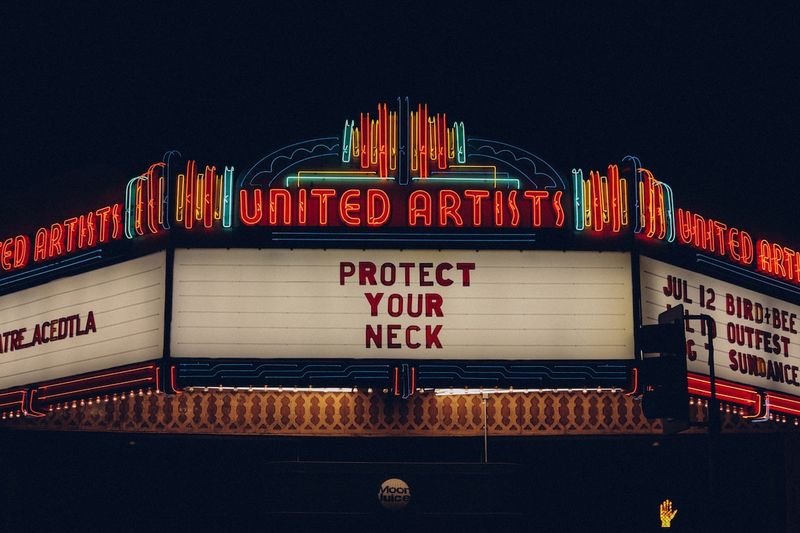The SuperRare NFT marketplace was launched in April 2018, focusing on selling single-edition digital artworks. As one of the first artists on SuperRare, Mattia Cuttini asked to be whitelisted that summer. By November, he was allowed onto the platform to sell his digital artwork. In this article, we sat down with him to understand if SuperRare can truly be a competitor to the NFT mammoth, OpenSea.
"[In the early days] it was like playing around with software for the first time," Mattia told me. "It was like 'oh, I just sold something for 25 bucks — that's incredible!' At that point, there were only really like three big collectors —- so it was mostly just artists buying from other artists."
As someone who was there for the humble beginnings of SuperRare and the NFT community, the polymath artist describes the early days as ‘chaotic’ but in a good way. People created just for fun and were happy if they made even a few bucks. And, for many, in between this joy and chaos was where they enjoyed true creativity.
"I believe in chaos — I believe in people doing crazy things." Mattia said, "10 years ago, [when] DeviantArt [was popular] — the platform had the same feeling, the same fun. Now, you have to be careful not to lose your mind because of money, that's a big difference."
SuperRare — Like Instagram But Better
SuperRare sometimes feels similar to Instagram, and Mattia thinks this is by design. "Since the very first days, they had thought, 'we have to redo Instagram but for the good this time," he said.
A clean, streamlined, and simple design with square Instagram-like previews has been a platform staple from the beginning. One of the features that felt truly Instagram-like was the activity page. In the early days, there were so few artists on SuperRare that you could sit on the activity page and refresh it to see a few new pieces of art.
"We were used to sitting on the activity page –, it was like having an Instagram page with all the artworks that had been posted," Mattia told me.
However, unlike Instagram, they are a platform where you can post art and create it. They had a button to help you mint an NFT and help to store it on IPFS. And in the early days, they didn't even charge artists to mint their work.
"There were 4,000 artworks that were basically minted for free — only the gas fee. And when they were sold we earned all the royalties." Mattia said, "after those 4,000 NFTs, the platform started to take a cut."
Clearly, the team behind the marketplace didn't just do this to make a quick buck; they were nurturing an infantile community. One they believed in.
The NFT Boom
And then NFTs exploded. We don't have to go through the play-by-play for this — we all know what happened. Crypto was in a bull market, people got rich, and started buying digital art — SuperRare and their artists rode that wave.
Suddenly, artists were no longer selling their art for $25 but for hundreds, thousands, or hundreds of thousands…. and sometimes even millions.
With this, SuperRare had the capital to innovate and bring more functionality to its platform. Here are some of them.
SuperRare Gallery
They soon rolled out SuperRare Spaces — a metaverse gallery for artists to showcase their work.
"Even if you are not whitelisted to post on SuperRare, your artwork can be put in one of these Spaces," Mattia told me. "If you and I want a Spaces, we have to write down what we want to put inside of it and then the SuperRare DAO will vote on it. It's pretty democratic."
NFT galleries are only increasing in popularity and are creating an incredible platform for artists to showcase and sell their artwork. I visited an in-person NFT gallery earlier this year and can advocate that the gallery environment completely revolutionizes how you look at NFT artwork.
SuperRare has also launched its own in-person NFT gallery in New York, where digital art and merchandise is sold.
Wait, What Is This SuperRare DAO All About?
You can use the RARE token to vote within the SuperRare DAO. Members of the DAO will "control the creative parameters of the SuperRare network".
This includes:
- Allowing curators and galleries to get their own SuperRare Spaces
- Whitelisting artists onto the platform
- Spending community funds
Using your RARE tokens you can approve (or disapprove) any proposals to these three factors. This allows the community to be involved with the platform's curation, maintaining the marketplace's high quality without moving like a dictatorship controlling taste. After all, what is good in the art world isn't decided by the few; it's all about public opinion.
"I think it is one of the few DAOs that actually work," Mattia said. "They are using it in the right way. Not only for funding but also for the democratic purpose — this is one of the main reasons I that keeps me with SuperRare."
When the RARE token first launched, they airdropped some to early artists, collectors, etc. This included Mattia, he was tempted to sell as the price rose higher and higher but he didn't sell. Instead, he wanted to test out these new features the token would unlock and has been using his RARE to vote in the DAO ever since.
Is SuperRare Good For The Art World?
In 10 years time, when NFTs are fully accepted in the art world, will we say that SuperRare was good for the space?
"Yes," Mattia weighed in. "It is good for digital art and artists. Not for collectibles, not for other NFT pieces but for art."
In an NFT sea that has seen a sharp influx of new swimmers, SuperRare remains a curated private beach where art is allowed to thrive. People come with their towels, voting with their ice creams on whether new people can enter the beach. Once they do, they can set up a stall and add to the beauty of the beach.
Meanwhile, OpenSea is more like a crowded public beach allowing anyone to join and set up shop. Both are great, sometimes, public beaches are better than private ones, but for real digital art to thrive, it's best we have a private beach.
Check out writer Ryan S. Gladwin's website, follow him on Twitter, and of course, subscribe to the weekly Hedgehog newsletter!






